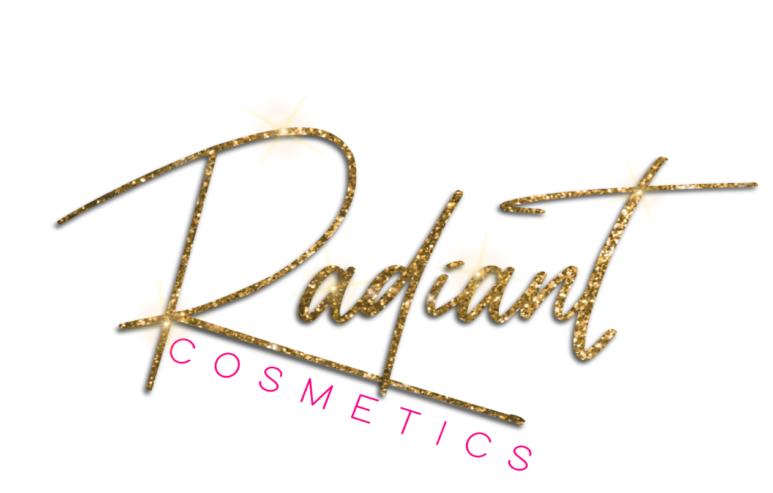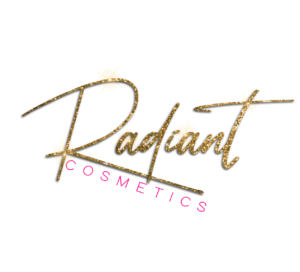-Ottawa Charter for Health Promotion, Panel discussions Basic Concepts of Oral Health Education the people have the right and duty to participate individually and collectively in the planning and implementation of their health care, Education concerning prevailing health problems and the methods of identifying, preventing and controlling them as the first of the eight recommended activities making up --------------------------------------------, and active involvement health in such a way that the recipient is NIH has other oral health literature for other age groups at catalog.nidcr.nih.gov/OrderPublications. Blue Gradient Illustration Colorful Medical Health Kids Medical Center Dentistry. Coloring Page 2023 AUPE Day of Mourning Ceremony - Facebook Epidemic Disease Act Keep them clean to prevent decay. medications. Red ,puffy gums. Oral Health Promotion - PowerPoint PPT Presentation 12. Pit and Fissure caries. 4) Protective Agents Substrates of antacids (e.g. Maze . Slides posters Minnesota Oral Health Coalition (MOHC) Videos: MOHC has many helpful video resources focused on collaborating with communities and schools, improvements through innovation and integration, and the lifelong importance of oral health. Grade 3 narrated oral health presentation, updated 11/2020 Grade 1 This content is no longer available as an online module. shabeel pn 14.2K views. The Lancet 357(9266), 1411-12, 2001, Incidence of AIDS Increasing risk behaviors among groups that had previously shown marked decline in previous years despite recognition that risk behaviors related to spread of disease Obvious continued need to recognize HIV infections and manage complications: Recognition of oral manifestation of HIV, Fungal Infections: Candidiasis Pseudomembraneous Candidiasis White curd-like raised material that wipes off Erythematous / Atrophic Candidiasis Mucosal erythema and/or patchy depapillation of the tongue Hyperplastic Candidiasis White/red hyperplastic lesions Angular Cheilitis Erythema and/or fissuring-ulceration at the corner of the mouth, Azole Resistant Oral Candidiasis Candida albicans Candida glabrata, Treatment of Candidiasis Consider the extent of the infection Mild to moderate disease: Topical therapies Nystatin, Clotrimazole Moderate to severe disease: Systemic Therapies Fluconazole, Itraconazole Continue antifungal therapy for two weeks Reduce colony forming units Reduce risk factors / increase time to recurrence Consider prophylactic regimens with frequent recurrences, Management of Oral Candidiasis Topical agents Clotrimazole troches 10 mg Clotrimazole 1% cream Nystatin oral suspension 100,000 units/ml Nystatin pastilles 100,000 units Systemic agents Fluconazole 100mg Itraconazole oral suspension 10mg/10ml Amphotericin B, Voriconazole, Invasive Fungal Infections Histoplasmosis Mucormycosis, Oral Viral Infections Herpes Simplex Virus (HSV) Varicella Zoster Virus (VZV) Cytomegalovirus (CMV) Epstein-Barr Virus (EBV) Human Papilloma Virus (HPV) Human Herpes Virus - 8, Oral HSV Infections Primary and recurrent disease Typical to Atypical Appearance Herpes labialis Herpetic stomatitis Large persistent painful ulcers Severity of mucocutaneous disease increases as CD4 counts decrease Can be an AIDS defining condition Treatment:Acyclovir, Valacyclovir and Famciclovir, Oral VZV Infections Recurrent VZV infection: Herpes zoster Vesicular / ulcerative lesions Follow dermatome for trigeminal nerve Severe neuritic pain Can involve multiple dermatomes Post-herpetic neuralgia Can be marker for HIV progression Treatment: Acyclovir, Valacyclovir, Cytomegalovirus Associated with advanced AIDS Painful granulomatous ulcers with punched-out irregular margins Treatment: Ganciclovir, Foscarnet CMV + HSV CMV, Oral Epstein Barr Infections Oral Hairy Leukoplakia White corrugated hyperkeratotic lesion of the lateral borders of the tongue / other areas Asymptomatic Clinical Diagnosis: Marker for disease progression (CD4 <300 cells/mm3) Definitive diagnosis requires identification of EBV in infected epithelial cells Marker for immune suppression (non-HIV patients) Treatment: Acyclovir, Podophyllum resin, Oral Human Papilloma Virus Infection Variety of lesions: Exophytic, papillary lesions with a cauliflower-like surface to raised, flat, smooth lesions Several different types of HPV have been reported to cause lesions May be solitary or multiple Treatment:Cryotherapy Surgical excision CO2 laser ablation Interferon-alpha, Peridontal Infections Linear Gingival Erythema Appearance: A distinct band of erythema of the gingival margin Erythema does not respond to removal of local factors (bacterial plaque/calculus) Cause is not known Treatment Intense oral hygiene Professional cleanings 0.12% chlorhexidine / povidone iodine, Necrotizing Periodontal Diseases Necrotizing ulcerative gingivitis Necrotizing ulcerative periodontitis Rapid destruction of tissues Gingiva, alveolar bone and periodontal tissues Tends to involved localized areas Management Antibiotics: Metronidazole, Clindamycin, Augmentin Aggressive curettage / debridement of necrotic tissue Meticulous home care Extraction of involved teeth / Sequestrectomy, Necrotizing Ulcerative Diseases: Gingivitis & Periodontitis, Necrotizing Oral Ulcerations Aphthous ulcers Necrotizing stomatitis Range in size: 2-5 mm to 2 -3 cm Frequency increases with HIV progression Can be very persistent and very painful Diagnosis by exclusion Treatment: Film-forming surface protecting agents Topical steroids Thalidomide, Neoplasms Kaposis Sarcoma (KS) Associated with HHV-8 infection Appearance: Red, bluish, or purplish macular or nodular lesion Size ranges from small to extensive Definitive Diagnosis Biopsy and histologic examination Therapy Radiation treatment Vinblastine Sclerosing agents, Oral Pigmentation AZT-induced pigmentation Rule-out Kaposis sarcoma, Bacterial Infections Bacillary (epithelioid) Angiomatosis Bacterial infection: Bartonella henselae, Bartonella quintana, Rochalimaea henselae Treatment: Erythomycin 500 mg qid or Azithromax 500 mg q day x 3-4 weeks Periodontal Abscess, Non-Hodgkins Lymphoma Clinical appearance: Rapidly enlarging necrotic masses Ulcerated or nonulcerated masses Palate and gingivae most common sites Prognosis is very poor Diagnosis: Biopsy and histologic evaluation Aggressive oncology therapy, Salivary Gland Involvement Salivary Gland Disease Bilateral parotid gland enlargement Increased frequency with HAART Xerostomia: 29% of HIV(+) Patients HIV-related salivary gland disease Side effect of medications Rampant caries, Considerations in the Use of Antibiotics Narrow spectrum antibiotics preferred Minimize development of antibiotic resistance Metronidazole for periodontal infections Consider presence of antibiotic resistant strains Culture and antibiotic sensitivity may be indicated Antibiotic use may lead to overgrowth of Candida Antifungal treatment may be indicated in conjunction with systemic antibiotics Local / topical delivery antibiotics may be useful but have not been evaluated, Oral Bacterial Infections Mycobacterium Tuberculosis Oral Syphilis (I), Diagnosis & Managementof Oral Manifestations of HIV/AIDS Clinical appearance and symptoms Non-specific Atypical Incidence may indicate disease progression Require careful diagnostic techniques Laboratory test for: Viruses Fungi Bacteria Biopsy of lesions Require aggressive treatments Slow to respond Relapse / Recurrence is common Concern about resistance, Non-HIV-Associated Dental Disease Gingivitis / Periodontitis / Dental Abscesses Common dental diseases Compromise oral health / function / esthetics Compromise general health Constant immune system pressure Increases risk of opportunistic oral infections Increased risk for HIV disease progression Promote / Support Oral Health & Basic Dental Care, 2023 SlideServe | Powered By DigitalOfficePro, - - - - - - - - - - - - - - - - - - - - - - - - - - - E N D - - - - - - - - - - - - - - - - - - - - - - - - - - -.
Should You Put A Bandaid On A Popped Pimple,
How To Glue Cabochons Without Air Bubbles,
Articles O

